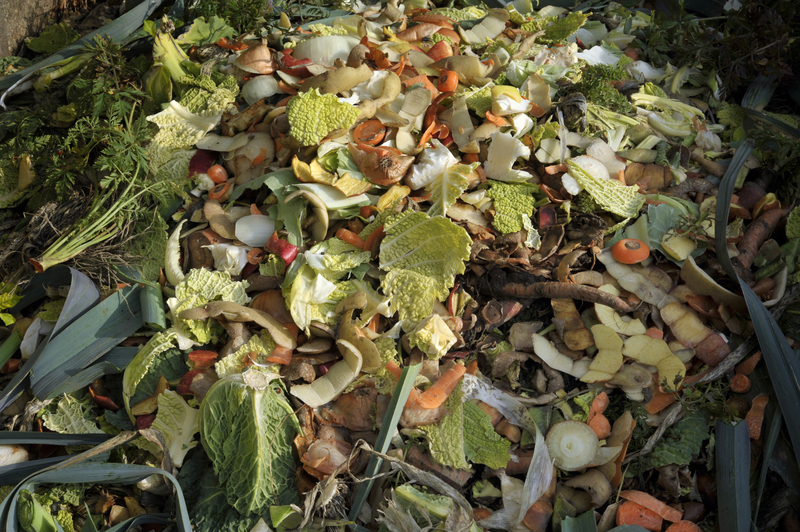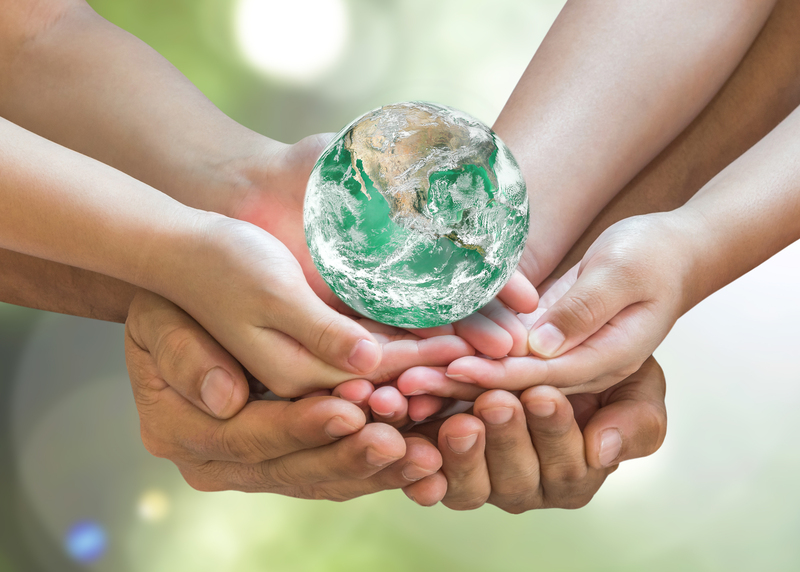How to Prevent PPE Waste from Polluting Our Waterways
The global pandemic brought personal protective equipment (PPE) into our daily lives at unprecedented levels. However, the surge in disposable masks, gloves, and other protective gear has created another crisis: PPE waste pollution in our waterways. This article explores comprehensive, actionable strategies to prevent PPE waste from contaminating our rivers, lakes, and oceans. Through education, technology, policy, and individual responsibility, we can curb this environmental threat effectively.
Understanding the Scope of PPE Waste Pollution
PPE waste is broadly defined as discarded items such as masks, gloves, gowns, and face shields that are used to protect individuals from health hazards. The improper disposal of these single-use items has rapidly funneled into our marine ecosystems. According to a 2023 study, an estimated 129 billion masks and 65 billion gloves were used globally each month during the peak of the pandemic, causing an unprecedented spike in plastic waste.
Why Is PPE Waste Harmful to Waterways?
- Non-biodegradable Materials: Most PPE is made from plastics like polypropylene, which do not decompose for centuries.
- Wildlife Threat: Aquatic animals can mistake PPE for food or become entangled, leading to injury or death.
- Chemical Leaching: As PPE breaks down, toxic chemicals and microplastics are released, polluting water bodies and accumulating in the food chain.

Contributors to PPE Waterway Pollution
Preventing PPE litter from entering our rivers and oceans requires knowledge of how pollution occurs. Common ways PPE enters natural water sources include:
- Wind and Rain: PPE items improperly left in public spaces can be blown or washed into storm drains and rivers.
- Improper Disposal: Many individuals discard masks and gloves in regular trash, public bins, or even outdoors, bypassing secure disposal systems.
- Sewage Systems: Flushing PPE down toilets can lead to blockages and direct entry into sewage overflows, which often discharge into waterways.
Actionable Solutions: How to Prevent PPE Waste from Polluting Our Waterways
Addressing the challenge of preventing PPE pollution in waterways requires a multi-faceted approach, including systemic changes and individual responsibility. Here's how:
1. Public Education Campaigns
- Raising Awareness: Governments and environmental organizations should launch campaigns to educate the public about the environmental impacts of PPE waste.
- Visible Signage: Install clear signs in public places (parks, beaches, transit stations) reminding users how to properly dispose of PPE and the repercussions of improper disposal.
- School Programs: Integrate lessons on PPE waste reduction and waterway protection into educational curriculums.
Knowledge empowers action. When people realize the damage a single mask can cause to marine life, they're more likely to take proper disposal measures.
2. Safe and Secure PPE Disposal Systems
- Dedicated Disposal Bins: Place specialized PPE waste bins in high-traffic and public areas such as grocery stores, transit stops, hospitals, and major intersections. These bins should be clearly labeled and regularly maintained.
- Sealed Collection: Ensure bins prevent the contents from being scattered by wind or scavengers. Sealed and tamper-proof containers minimize accidental environmental release.
- Frequent Collection: Regularly scheduled collections reduce overflow and guarantee prompt disposal, further lowering the risk of PPE entering waterways.
3. Promoting Reusable PPE Alternatives
- Cloth Masks: Encourage the public to use washable, reusable masks where appropriate. This reduces reliance on single-use masks.
- Maintaining Hygiene: Educate on correct washing and maintenance to ensure effectiveness and safety.
- Incentive Programs: Stores and communities can offer incentives or discounts to individuals using verified reusable PPE items.
Reusable solutions lead to a significant decrease in overall waste and are an effective way to combat waterway pollution from PPE.
4. Innovative Collection and Recycling Initiatives
- Specialized Recycling Programs: Some companies have pioneered the recycling of used masks and gloves into plastic pellets for new products. These initiatives should be expanded and promoted.
- Take-Back Schemes: Pharmacies, clinics, and retailers can introduce drop-off programs for used PPE, ensuring safe and collected disposal.
Closing the loop on PPE material ensures a reduction in landfill and waterway contamination.
5. Development of Biodegradable PPE
- Innovative Materials: Support research into biodegradable alternatives, such as masks made from starch-based polymers or bamboo fibers.
- Market Adoption: Governments can incentivize manufacturers to transition to greener PPE, potentially through subsidies or tax benefits.
The use of eco-friendly PPE facilitates safer disposal, dramatically lowering the risk of water pollution from PPE waste.
6. Legislation and Policy Enforcement
- Regulations: Implement and enforce strict laws on the disposal of PPE, with penalties for improper discarding in public spaces or waterways.
- Producer Responsibility: Mandate that manufacturers participate in the collection and recycling of their products, following extended producer responsibility (EPR) frameworks.
- Enhanced Litter Monitoring: Use surveillance technology and monitoring in vulnerable areas to prevent the illegal dumping of PPE.
_Supporting policy change ensures long-term compliance and underscores the importance of responsible behavior at all levels._
Community-Led Initiatives to Stop PPE Waterway Pollution
While large-scale solutions are valuable, grassroots efforts play a critical role in preventing PPE from polluting our waterways:
- Neighborhood Cleanups: Organize regular riverbank and beach cleanups focused on removing used PPE items before they reach the water.
- Citizen Science: Encourage residents to report and map hotspots of PPE litter, helping authorities target problem areas.
- Local Ordinances: Advocate for stricter regulations and better infrastructure at the municipal level.
The Role of Individuals
_Everyone has a role in stopping PPE pollution! Here's what you can do right now:_
- Always carry a small resealable bag for used PPE when you're on the go.
- Dispose of PPE in designated bins, never in toilets or by the roadside.
- Use reusable masks and washable gloves wherever possible.
- Spread awareness by sharing facts with friends and family.
Personal responsibility compounds to create significant impact over time.
Technological Preventative Measures
The adoption of new technology can substantially reduce PPE waterway pollution:
- Smart Bins: Bins with sensors that alert municipal services when nearing capacity, preventing overflow and accidental littering.
- Waterway Trash Collectors: Devices such as floating barriers and automated skimmers can capture PPE waste before it travels from storm drains to major rivers and seas.
- Tracking and Analytics: Digital platforms that analyze litter data and guide policy improvements.
Raising Corporate Responsibility
Corporations and PPE producers must also step up in the fight against waterway pollution:
- Eco-conscious Design: Design PPE with recyclability and biodegradability in mind.
- Supply Chain Accountability: Monitor distribution and end-use waste, offering take-back or recycling programs for customers.
- Transparency: Publish sustainability reports on PPE lifecycle and waste mitigation strategies.

Global Success Stories Worth Emulating
Several regions have effectively reduced PPE waterway pollution through combined efforts.
- France: Nationwide deployment of PPE-only bins in urban areas, coupled with robust public education campaigns.
- Singapore: Strict fines for improper disposal and a culture of community-led urban cleanliness initiatives.
- Canada: Launching mask recycling programs that upcycle PPE into usable materials for paving and construction.
By learning from these success stories, other nations and communities can establish effective barriers against PPE pollution.
Conclusion: Building a Future Free from PPE Waterway Waste
PPE waste in our waterways poses a serious threat to the health of both our environment and communities. However, with robust public education, dedicated disposal systems, incentives for reusable PPE, innovation in materials, legislative action, and active participation at all levels of society, we can dramatically reduce and prevent PPE pollution in rivers, lakes, and oceans.
Every action counts. Start today by responsibly disposing of PPE, championing eco-friendly alternatives, and supporting initiatives that keep our waterways clean. A collective effort is crucial to ensuring that protecting ourselves does not mean harming our planet.
Together, let's prevent PPE waste from polluting our waterways - for our health, for wildlife, and for future generations.
Further Reading & References
- UN Environment Programme: Fighting Pollution, One Mask at a Time
- World Health Organization: PPE Waste and Environmental Hazards
- National Geographic: How PPE Pollution Endangers Waterways